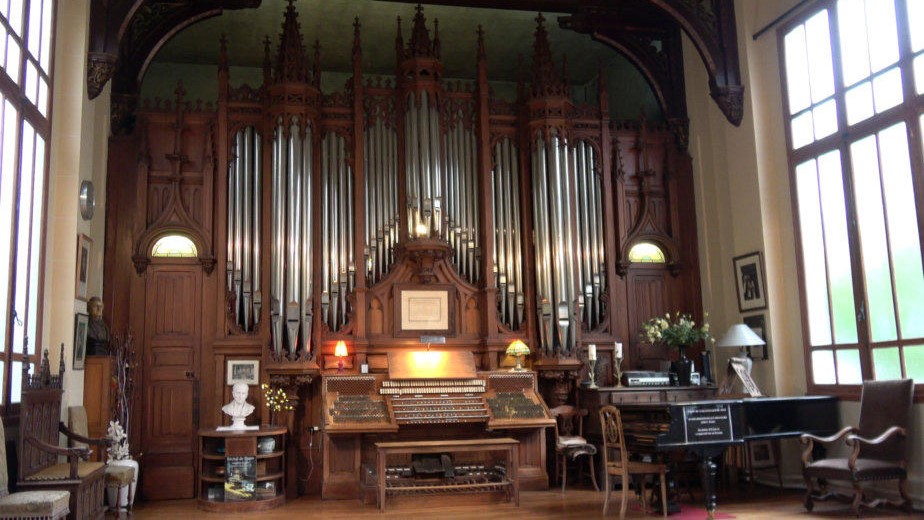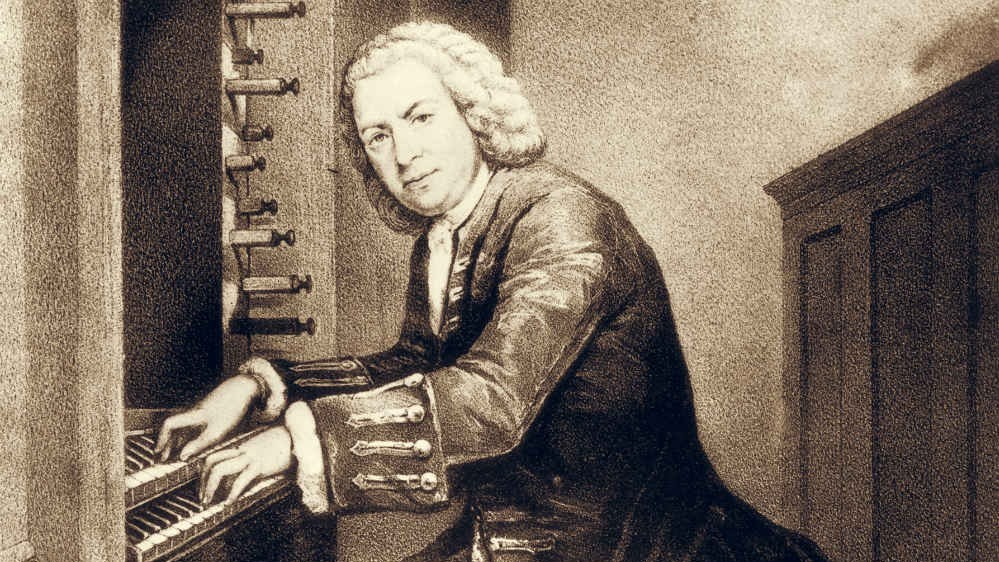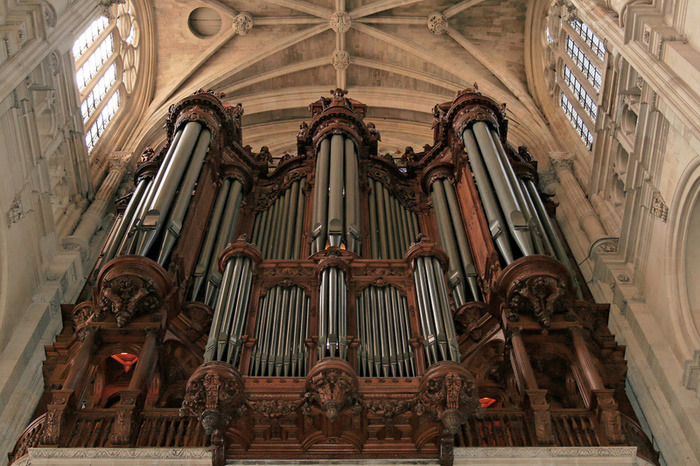Let’s talk about organs. Pipe, non-pipe, mechanical, and also electric organs. These huge, complicated, and often misunderstood instruments. But nevertheless, instruments which have accompanied the history of art, music, and religion and which endure to this day.

Marcel Dupré’s organ
The most common way to discover the organ is to visit a church — and traditionally, the only way to hear the organ is to attend a religious service — the instrument is now a lot more present in the secular world, and this is, of course, the topic of this article.
Poulenc: Orgelkonzert ∙ hr-Sinfonieorchester ∙ Iveta Apkalna ∙ Andrés Orozco-Estrada
The organ first made its name in the musical instrument world through its participation in Christian religious services. Telemann, but most importantly Bach, whose contributions to organ music continue to reign supreme. Being a proficient organist was often a requirement for the aspiring composer and serious musician, and with religion being deeply embedded in daily life, church music was inevitable. However, as secularity slowly took over, the organ started stepping outside of the religious circles.

J. S. Bach playing the organ
There have been many more composers who have paid attention to the organ than one could think. Mendelssohn, Liszt, Wagner, Franck, and Hindemith all wrote some organ pieces.
Highlights include Saint-Saëns and his Organ symphony or Poulenc and his organ concerto.

Painting of Handel playing a chamber organ,
by Joseph Goupy, 1754
Some modern composers who have used the organ include Dupré and of course Messiaen. If not used as the primary actor, the organ has also been recognised for its dramatic quality, and Mahler, Holst, Elgar, Scriabin, Respighi, and Strauss — including the sublime ending of the introduction of Also sprach Zarathustra — have all used it to add colouristic intensity.
Today it is surprisingly one of the most popular instruments, but through its electric form; most sports events in the USA and around the world are put in music through the music of the organ.
Strauss: Also sprach Zarathustra / Dudamel · Berliner Philharmoniker
The film composer Hans Zimmer, said that the instrument is only a complicated synthesiser. Which is in a way quite true. Although the ingenuity and craftsmanship of the instrument have stood the test of time and will pertain, which is not always a quality carried by electric and electronic instruments.

Pipe Organ
Of course, one of the reasons the organ has often been left out is the difficulty of encountering it outside of its religious home. But it is definitely present and is newly found in contemporary music too, such as the meditative The Sacrificial Code by Kali Malone.
For more of the best in classical music, sign up for our E-Newsletter
